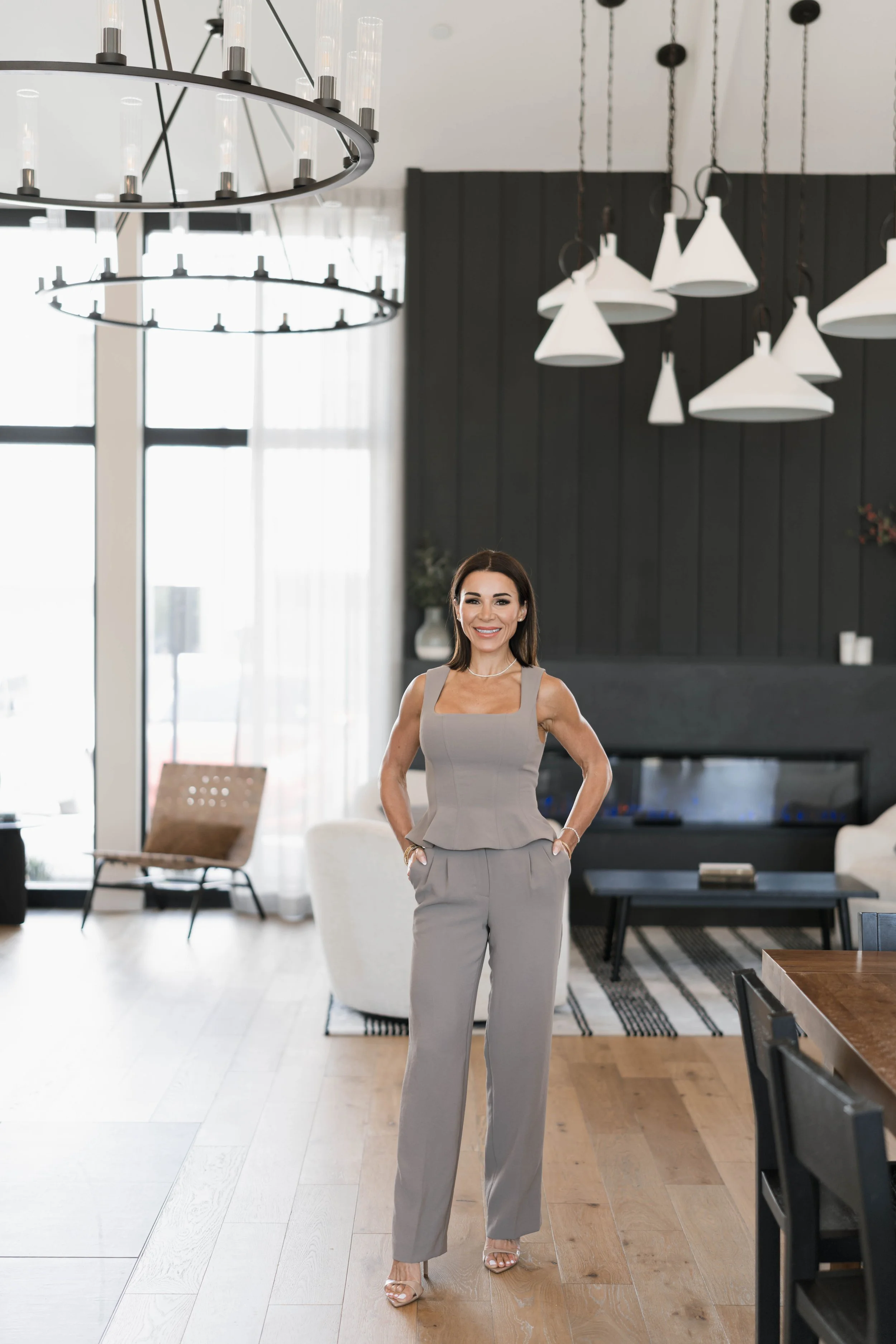How Interior Design Drives ROI for Real Estate Developers and Business Owners
When people think of interior design, they often picture fabric swatches, paint palettes, and pretty furniture. But if you’re a real estate developer or business owner, you know that good design isn’t just about aesthetics—it’s about return on investment.
Whether you're building residential complexes, commercial office space, or hospitality environments, the interior spaces you create can make or break your project’s profitability. As someone who has worked extensively with developers, investors, and business owners, I can confidently tell you this: interior design is a strategic business tool. And if you're not leveraging it early in your project, you’re likely leaving money on the table.
In this post, I’ll break down exactly how and why smart interior design delivers ROI, and share insider insights on how to approach your next project like a seasoned design investor—not just a builder.
1. First Impressions Matter—And They’re Profitable
Let’s start with the obvious: people make snap decisions. Whether it's a potential tenant walking into a residential unit or a business partner entering your corporate lobby, that first 10 seconds can significantly impact perception—and by extension, sales or leasing success.
Residential Real Estate:
Buyers and renters don’t just choose based on square footage or location—they buy a lifestyle. Thoughtful staging, smart material choices, and cohesive design can:
Increase perceived property value by 10–15%
Shorten days on market by up to 50%
Lead to higher-quality tenants or buyers
Commercial Real Estate:
For business owners, whether it’s a boutique, a law office, or a coworking space, interior design affects:
Client trust and brand positioning
Employee productivity and retention
Operational efficiency and flow
Pro tip: Budgeting for design enhancements can actually reduce your long-term marketing and vacancy costs. It’s not fluff—it’s strategy.
2. Early Design Input Saves Time, Money, and Frustration
Too often, developers bring in a designer at the end of a project—when the walls are up and budgets are tight. That’s a mistake. Interior design shouldn’t be an afterthought.
Here’s why bringing in a designer early pays off:
Prevents costly layout mistakes (like poorly placed electrical outlets or inefficient room flow)
Optimizes finishes and materials that fit both your vision and your budget
Aligns with brand goals or tenant demographics (which influences long-term leasing/sales)
In one commercial project I led, we were able to reduce construction change orders by over 30% simply by aligning the design vision with the architect and contractor at the concept stage.
Think of your designer as a strategic partner, not just someone who picks pillows.
3. Design That Sells: Understanding Demographics and Psychographics
Interior design isn’t one-size-fits-all. If you're targeting millennials for a multifamily development, or high-net-worth professionals for office condos, your interiors should speak their language.
We use design research, mood boards, and even psychographic profiling to understand:
What your target audience values (luxury, sustainability, tech-friendliness)
How they live and interact with space
What visuals resonate with them on an emotional level
In one recent project, we overhauled the common areas of a Class B office building targeting creative industries. By incorporating biophilic design, open lounges, and bold graphics, occupancy jumped from 60% to 92% in under 6 months.
ROI takeaway: Design with intention, not just taste.
4. Brand-Aligned Spaces Build Trust and Loyalty
For business owners, especially in retail, hospitality, and wellness, your space is your brand. Every design decision should reinforce who you are and what customers should feel.
For Example:
A law firm: Clean lines, solid materials, and a sense of stability
A luxury spa: Soft lighting, calming textures, natural materials
A tech startup: Flexible workspaces, branded color accents, high-tech integrations
I often guide clients through a “Design DNA” process to align every interior choice with brand values. The results? Stronger brand recall, higher customer satisfaction, and increased referrals.
5. Sustainability and Wellness Are Not Optional Anymore
Today’s tenants and customers are savvy. They’re asking:
Is this space energy-efficient?
Are the materials non-toxic?
Is there natural light? Good air quality?
This isn’t just good ethics—it’s good economics.
Green design can:
Qualify your property for LEED or WELL certifications (adding marketing value)
Attract premium tenants or buyers
Reduce operational costs by 20% or more
We recently designed a boutique hotel where sustainable design decisions added less than 7% to the construction budget but boosted occupancy and PR value exponentially. The hotel now markets itself as an eco-luxury destination—and guests are willing to pay for that.
6. Designing for Flexibility = Future-Proofing
If the pandemic taught us anything, it’s that rigid spaces don’t age well.
Real estate developers and business owners need interiors that can adapt to future uses or shifts in user behavior.
Here’s what we prioritize in flexible design:
Modular furniture and partitions
Convertible rooms (e.g., meeting space by day, lounge by night)
Infrastructure for evolving tech (power, lighting, data)
Whether it's a tenant who outgrows their space or a market shift in usage patterns, flexible design helps your asset remain relevant and competitive.
7. Working with the Right Designer = Competitive Advantage
I’m often asked, “What should I look for when hiring a designer for a real estate or business project?”
Here’s what I recommend:
Portfolio with commercial or development work
Strong understanding of code, compliance, and construction
Ability to collaborate with architects, engineers, and GC
Business acumen—they should understand your P&L, not just your palette
Design That Works as Hard as You Do
If you’re a real estate developer or business owner, you’re already making big investments. Don’t let poor design dilute them.
When done strategically, interior design:
Increases asset value
Reduces time to lease or sell
Attracts the right customers or tenants
Enhances brand loyalty
Future-proofs your investment
And unlike other expenses, great design pays for itself many times over.
Thinking about your next project? I’d love to hear what you’re planning and show you how we can add measurable value through design. Reach out to us at!
Your space isn’t just a space—it’s a story. Let’s design one that wins.


